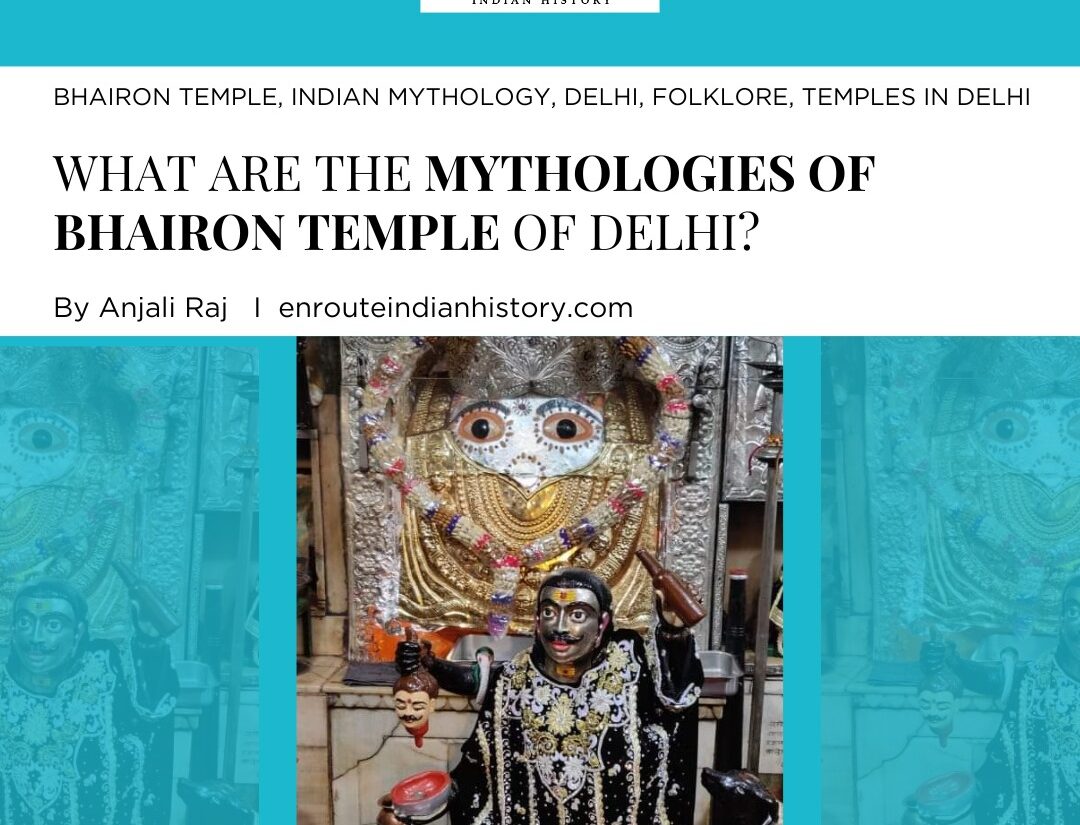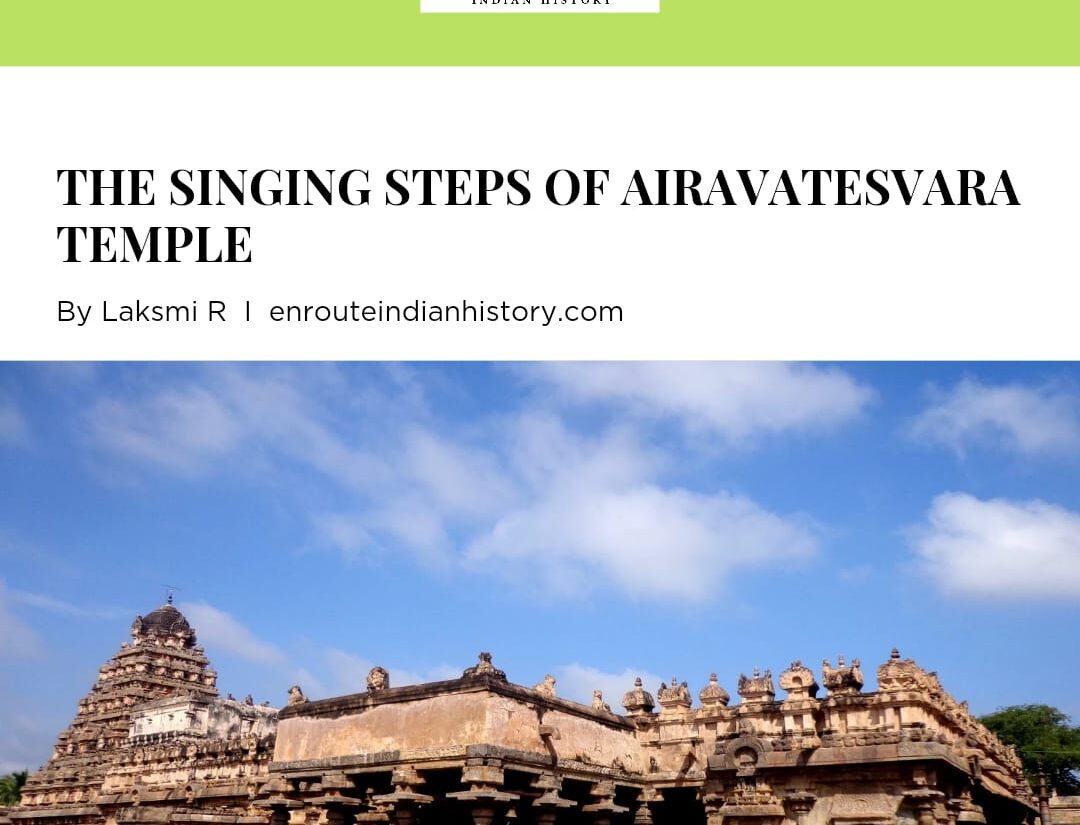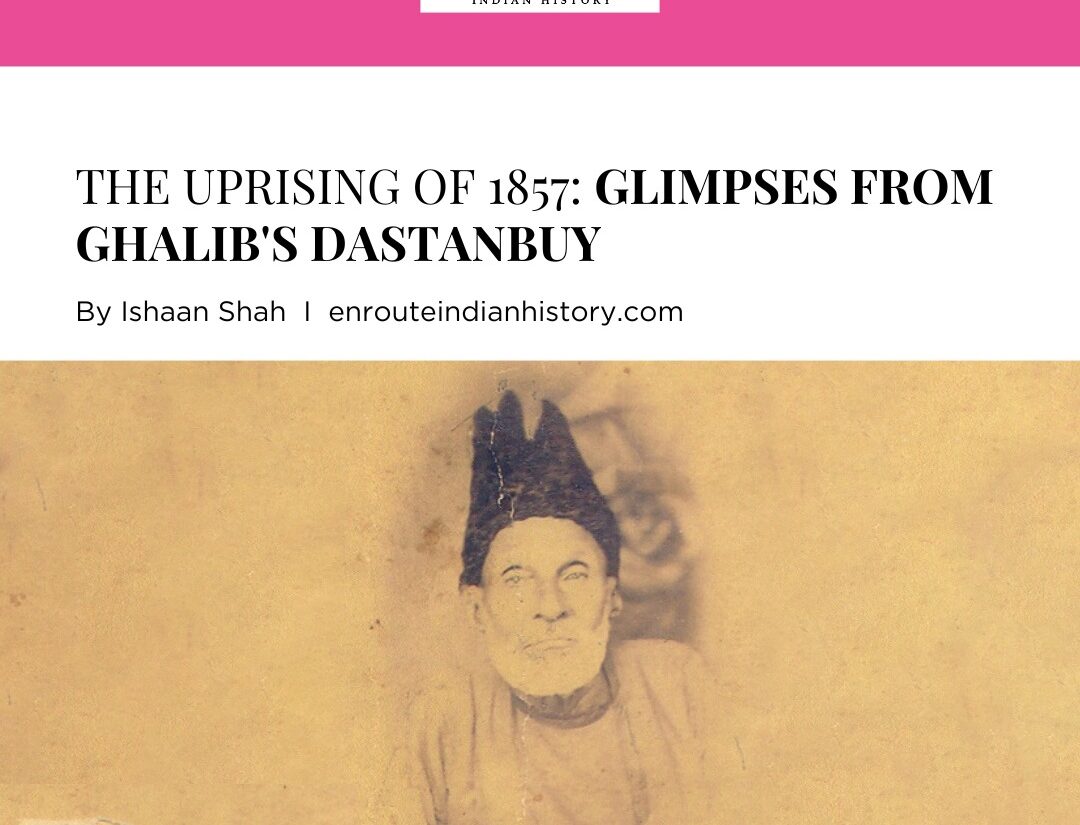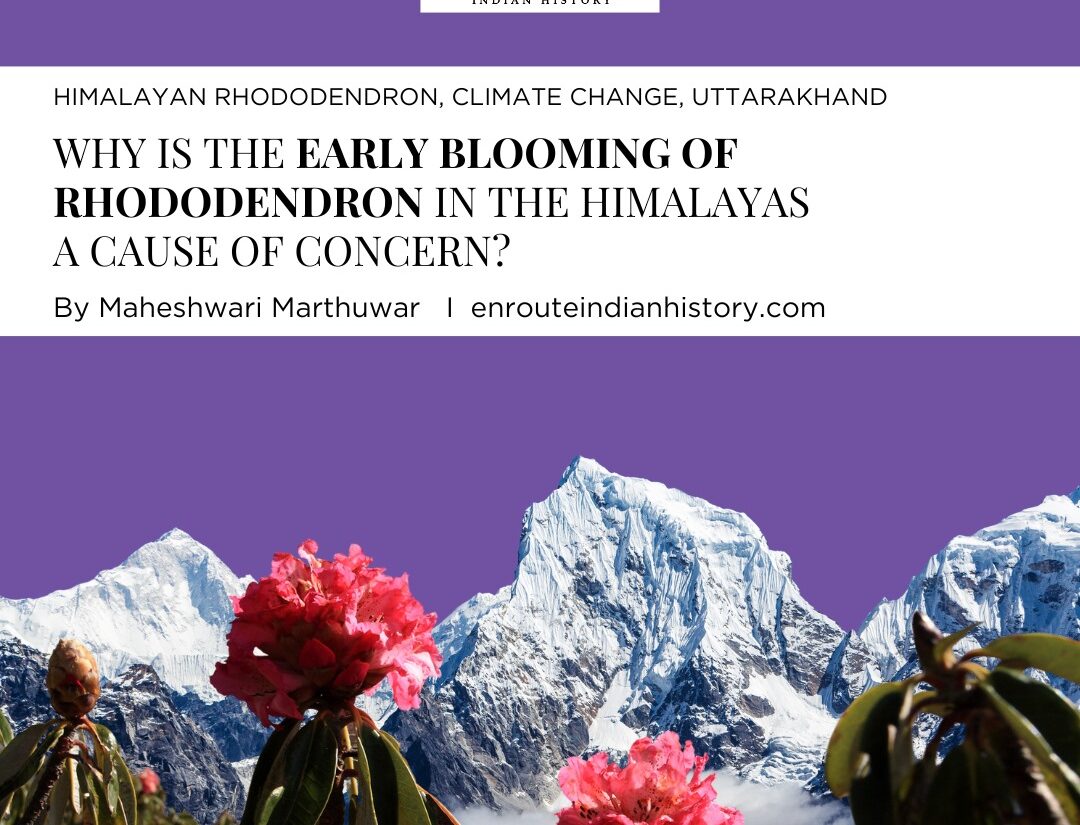

[ source: so, city photo of entrance of kilkari temple delhi]
Nestled just outside the historic Purna Qila (Old Fort) and situated opposite Pragati Maidan, the Bhairon Temple, also known as Kilkaari Baba Bhairav Naath Mandir, stands as a revered sanctuary dedicated to Lord Kala Bhairava, a formidable manifestation of Lord Shiva.the three deties residing in the temple are Kalli, Hanuman and Bhairav Legends trace its origins back to the time of the Pandavas, who are believed to have constructed this sacred edifice. It is said that Bheem, one of the Pandava brothers, frequented this temple to offer his worship, seeking blessings and spiritual empowerment, known as Siddhis.
Located within the precincts of the Purana Qila, the ancient fortress attributed to the Pandavas, this temple holds a significant place in Hindu mythology and pilgrimage. Its architecture and ambiance reflect the rich cultural heritage and religious fervor that have endured through the ages.
The temple complex comprises two distinct wings, each holding its own symbolism and rituals. The first wing, affectionately called the ‘Doodhiya Bhairava Temple,’ is renowned for its tradition of offering milk to the deity, symbolizing purity and devotion. Devotees flock here to partake in this sacred ritual, believing in its power to bestow blessings and fulfill their prayers.
The second wing, known as ‘Kilkari,’ resonates w ewfith echoes of divine chants and reverent hymns. Here, devotees immerse themselves in the spiritual aura, seeking solace and enlightenment through prayer and meditation. The tranquil surroundings and the sanctity of the temple premises offer a retreat from the bustle of everyday life, inviting visitors to connect with the divine and find inner peace.
As a testament to centuries of faith and reverence, the Bhairon Temple continues to draw pilgrims and seekers from far and wide, fostering a sense of spiritual unity and devotion among all who enter its.
Mythology
According to ancient mythology, more than 5000 years ago, there are some mythologies like the revered Pandavas sought refuge in a temple dedicated to Lord Bhairav, the formidable aspect of Lord Shiva, in what is now known as Delhi. During their sacred fire ceremony in Indraprastha, malevolent spirits disrupted their rituals. Heeding the counsel of Lord Krishna, Prince Bheema embarked on a pilgrimage to Varanasi, beseeching Lord Bhairav for assistance. Moved by his fervent prayers, Lord Bhairav consented to accompany Bheema, assuming the form of a sacred stone image.
Despite Bheema’s efforts, he could not transport the divine image to its intended destination. Nevertheless, Lord Bhairav bestowed upon the Pandavas his divine protection, vowing to safeguard their rituals with his presence. Thus, the temple earned the moniker “Kilkari Bhairav,” signifying the deity’s protective cries akin to those of a distressed child.
In Hindu mythology, Bhairon holds a significant role, particularly in the episode surrounding Goddess Sati’s tragic self-immolation due to her father Daksha’s disrespect toward Lord Shiva. Enraged by Daksha’s actions, Shiva summoned Bhairon from within himself, a fierce and formidable warrior charged with the task of avenging Sati’s honor. Bhairon, embodying Shiva’s wrath, fearlessly executed his divine commands, mercilessly defeating Daksha and his allies. This tale exemplifies the themes of justice, loyalty, and the consequences of disrespecting divine powers within Hindu scripture. Bhairon’s portrayal as a fierce guardian underscores the complexities of Hindu cosmology, where divine beings often embody both benevolent and wrathful aspects, serving as symbols of cosmic balance and the consequences of disrupting divine order.

[ source: Getty image, idol of kali mata in kilkaari temple]
Bhairon is revered in eight distinct manifestations, each embodying unique attributes and aspects of divine power. These manifestations include Kala Bhairava, Asitanga Bhairava, Samhara Bhairava, Ruru Bhairava, Krodha Bhairava, Kapala Bhairava, Rudra Bhairava, and Unmatta Bhairava. Among these, Kala Bhairava holds a particularly significant role as the preceptor of Lord Shani, the celestial deity associated with the planet Saturn in both astrology and astronomy. Kala Bhairava’s connection with Lord Shani underscores a profound cosmic relationship, symbolizing the intricate interplay between celestial bodies and divine forces within Hindu belief systems. As the preceptor of Lord Shani, Kala Bhairava is revered for his role in mitigating the malefic effects of Saturn’s influence, offering protection and guidance to devotees seeking to navigate the challenges associated with this planetary alignment. This association also highlights the multifaceted nature of Bhairon’s divine presence, showcasing his role not only as a fierce warrior but also as a guardian and mentor, guiding individuals through the complexities of celestial influences and karmic cycles. In essence, Kala Bhairava’s connection with Lord Shani serves as a reminder of the interconnectedness of cosmic energies and the potential for spiritual growth and transformation, even amidst the most challenging cosmic alignments.
In Tamil culture, the deity known as Vairavar, also referred to as Bhairon or Bhairava, holds significant reverence as the Grama Devta, or village deity. Vairavar is venerated for his protective role, shielding villagers from malevolent forces and offering solace to devout worshippers from all quarters. Hindus turn to Vairavar to seek refuge from the adverse influences of malefic entities such as evil spirits and planetary afflictions like Saturn, Rahu, and Ketu. Additionally, Vairavar is revered as a guardian deity safeguarding treasures, symbolizing not only physical wealth but also the preservation of spiritual abundance.
There is another ancient mythology of the temple, the divine Goddess Vaishno once sought solitude within a sacred cave, appointing the mighty ‘Veer-Langur’ to stand guard at its entrance, commanding him to permit none to enter. When Lord Bhairav dared to defy this decree and approached the cave, the resolute Goddess transformed into the formidable form of ‘Chandi’ and vanquished him. The severed head of Lord Bhairav tumbled to the ground, marking the site now known as Bhairav Ghati, where devotees now pay homage at the temple erected in his honor. Moved by compassion, the Goddess granted Bhairav the boon of liberation. In time, Bheem, recognizing Bhairav’s significance, enshrined an idol within the temple, depicting him with his distinctive features: two piercing blue eyes and a trident firmly grasped in hand.
Devotees flock to this sacred site, offering a variety of offerings, including sweets, milk, and even alcohol, to appease the presiding deity. It is firmly believed that Lord Bhairav grants the prayers of his devotees and shields them from all forms of fear and malevolence. The temple stands as a testament to ancient tales of divine intervention and unwavering protection. On Sundays, the temple experiences its peak activity, bustling with devotees engaged in various rituals and offerings. Among the customary offerings, alcohol holds a prominent place. Devotees often bring cartons filled with alcohol, from which only a small portion is utilized for the rituals, while the remainder is returned to them. However, it’s worth noting that this practice isn’t enforced by any official decree or regulation. One fascinating feature of the temple is the Pandavon Ka Kuan, a covered well equipped with a grill mechanism connected to a motor and tap system. This innovative setup ensures that devotees have unrestricted access to the sacred water contained within. The well’s design not only facilitates ease of use but also adds a sense of convenience and inclusivity to the temple environment. It serves as a symbol of the temple’s commitment to providing essential resources for the spiritual nourishment and well-being of its worshippers. The Pandavon Ka Kuan stands as a testament to the temple’s dedication to enhancing the overall experience of its visitors, fostering a sense of connection and reverence. The water from the Pandavon Ka Kuan is renowned for its reputed healing properties, believed to possess unique therapeutic qualities. Imbibing this water is said to have a beneficial effect on digestive health, aiding in the regulation of stomach functions. This tradition of consuming the water from the kuan reflects a longstanding belief in the power of natural elements to promote physical well-being and vitality. It’s not just a ritualistic act but also a practical one, as devotees seek to harness the potential health benefits offered by the sacred water. The significance of this practice underscores the deep-rooted connection between spirituality and holistic wellness within the temple’s cultural tapestry.
Architecture
This temple showcases the majestic essence of North Indian architecture, characterized by its lavish use of marble in the interior design. Marble embellishes every corner, exuding elegance and serenity. The divine presence is palpable through the meticulously crafted marble idols that adorn the sacred space. Among them stands the imposing idol of Lord Bhairav, featuring a striking countenance adorned with piercing blue eyes and a formidable trident, epitomizing strength and protection.

[ source; the main idols of bhairon temple]
The Bhairon Temple in Delhi is steeped in mythologies, though its factual veracity remains uncertain. Nevertheless, it stands as a beacon of hope and a testament to the unwavering faith of countless devotees. Situated in Delhi, a melting pot of diverse communities and cultures, this temple serves as a unifying force, welcoming people from all walks of life, irrespective of their background or beliefs.
Beyond its historical uncertainties, the Bhairon Temple embodies the inclusive spirit of Delhi, where individuals from varied communities and regions converge to seek solace and blessings. Its significance transcends religious boundaries, resonating with the collective aspirations and prayers of a heterogeneous society.
The temple’s existence, shrouded in legends and stories, underscores the enduring power of faith and the human need for spiritual refuge. As a sacred space accessible to everyone, regardless of their creed or origin, it symbolizes the unity amidst diversity that defines the cultural landscape of Delhi.
In essence, the Bhairon Temple serves as a tangible expression of the pluralistic ethos of Delhi, where differences are celebrated, and the common pursuit of divine grace binds individuals together in a shared journey of devotion and belief.
REFERENCE
Bhairon temple
https://timesofindia.indiatimes.com/travel/things-to-do/bhairon-temple/articleshow/47881254.cms
Shri Kilkalri bhairav temple
https://velpu.com/temple/sri-kilkari-bhairav-temple/MTIwOA==
https://www.deccanherald.com/india/karnataka/bengaluru/tales-temple-2344736























